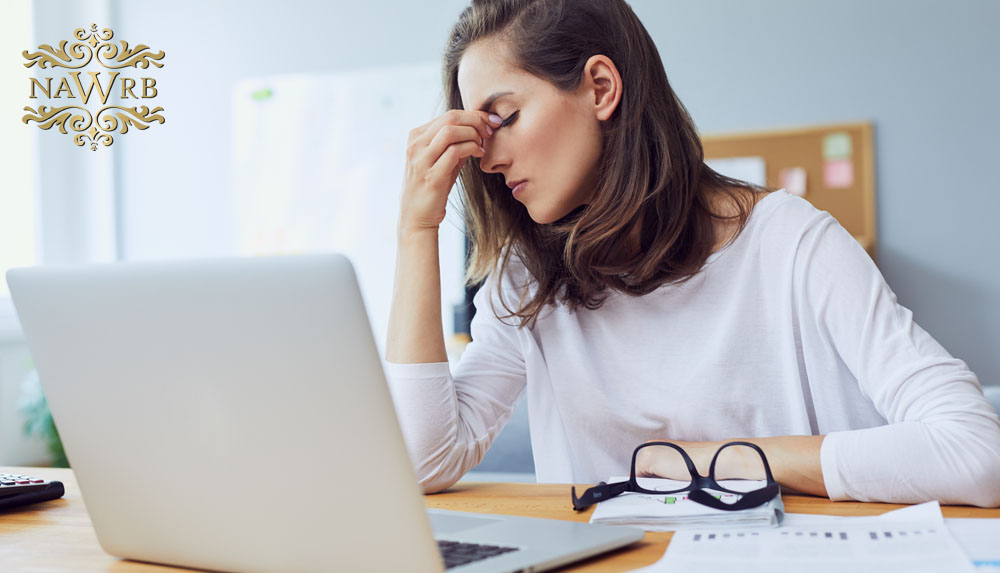According to a recent Census Bureau survey, a third of American adults report symptoms of clinical anxiety or depression amid the coronavirus outbreak, which highlights the psychological toll the pandemic has had on the mental health of many individuals. Data shows that out of every 100 American adults, 34 show symptoms of anxiety, depression or both; 10 show symptoms of anxiety alone; and 4 show symptoms of depression alone.
The survey’s findings indicate a significant jump since before the pandemic. For one question regarding depressed mood, for example, the percentage reporting such symptoms was double that found in a 2014 national survey. In response to the question “How often have you been bothered by feeling down, depressed, or hopeless?,” 25 percent of adults said they had depressed symptoms before the pandemic (2013-2014), but now 50 percent of adults report having depressed symptoms at least for several days if not every day.
The pandemic has exacerbated risk factors related to mental health, according to the Federal Reserve Bank of San Francisco, such as unemployment and financial stability, existing physical conditions and social isolation and loneliness. The unemployment rate hit 14.7 percent in April, the highest percent since the Great Depression, and many Americans have experienced job or wage loss in their household.
In addition, the report states that there “has been an increase in people experiencing two or more chronic health conditions at the same time.” Furthermore, this trend is linked to socioeconomic status as “low-income people and people of color are more likely to suffer from chronic disease and other health conditions as a result of structural barriers that have negatively impacted their neighborhoods and economic prospects,” which the COVID-19 pandemic has only increased.
Many Americans are having to deal with spending time apart from their family and friends due to several shelter-in-place mandates. Although many people are utilizing video conferencing to keep in touch with loved ones, lack of touch and physical closeness with others has affected human connection and increased social isolation for particularly vulnerable populations, such as low-income older adults.
However, there is a way that we can act now to help Americans who are dealing with increased anxiety and depression due to stress during the COVID-19 pandemic. For instance, the JAMA Internal Medicine has the following suggestions for prevention and early intervention in the context of COVID-19, which include:
- “Regular outreach to people who are typically marginalized and isolated to address loneliness;
- Mechanisms for surveillance and intervention to address domestic violence and child abuse; and
- Strengthening the mental health system in preparation for the oncoming challenges precipitated by the pandemic.”
For more data on how the COVID-19 pandemic has affected U.S. households, the Census Bureau is conducting weekly surveys to measure employment, housing, finances, education and health. Learn more here.

 Login
Login

